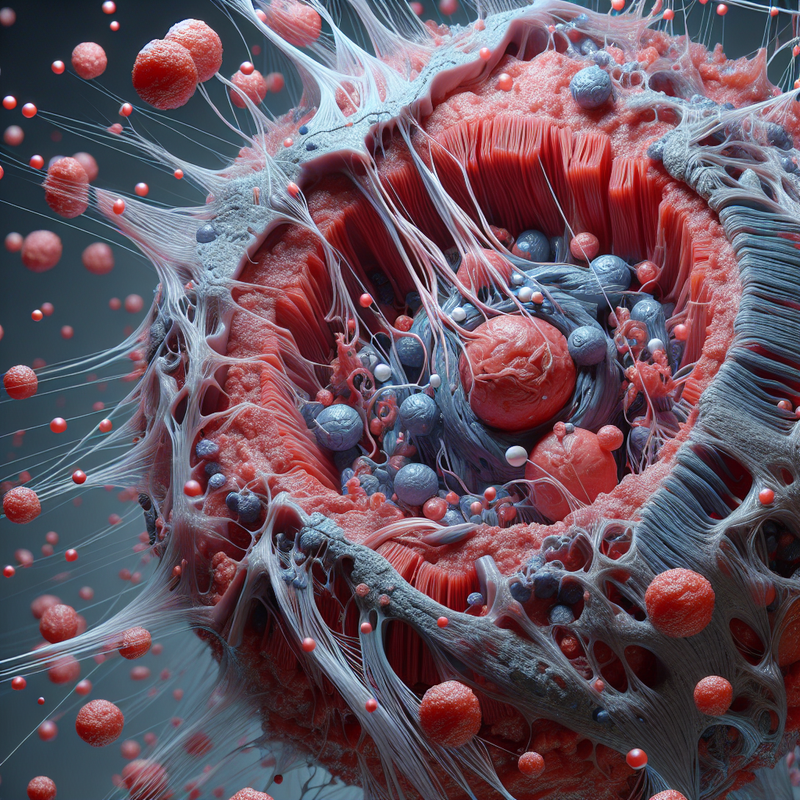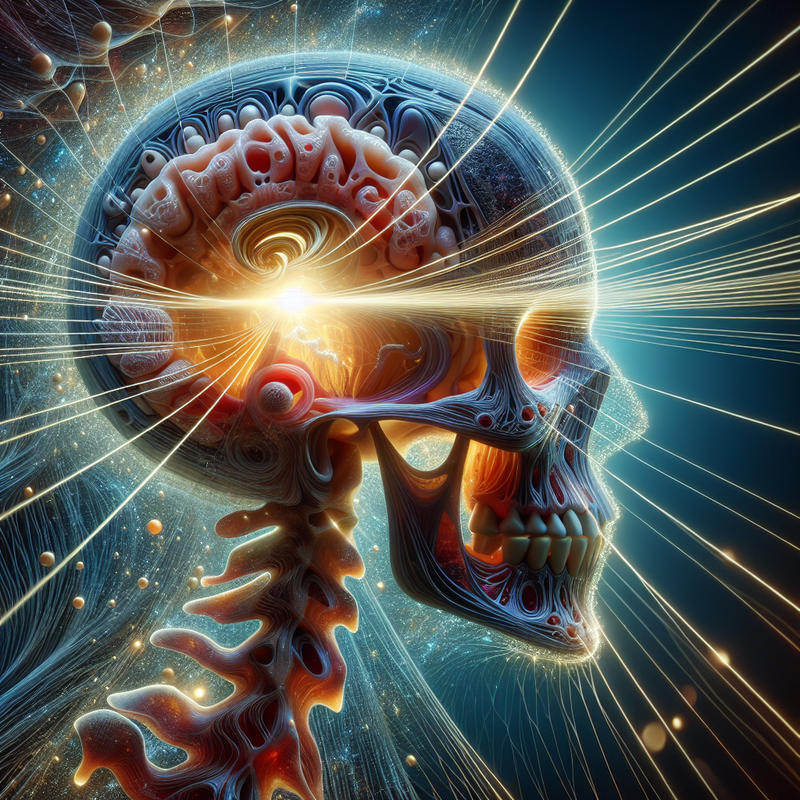Researchers at the University of California San Diego Uncover Critical Findings on Inflammatory Processes in the Heart
Researchers at the University of California San Diego have unveiled critical findings that shed new light on inflammatory processes in the heart after a myocardial infarction, a development that could lead to innovative preventive approaches for heart failure. The findings, reported in the esteemed Nature journal, pinpoint previously unrecognized elements and mechanisms that contribute to inflammation in the heart’s borderzone. This zone has been poorly understood due to the difficulties associated with its study.
Deciphering the Cardiac Reaction Post-Myocardial Infarction
Ischemic heart disease remains the leading killer worldwide, with heart attacks marking the onset for many. Traditional anti-inflammatory medications have proven ineffective in staving off heart failure that often follows a heart attack. However, the insights provided by the UC San Diego team highlight potential new targets along the inflammation pathway that have, until now, been overlooked by researchers.
The investigation was spearheaded by Dr. Kevin King, an associate professor in both bioengineering and medicine and a practicing cardiologist at the Sulpizio Cardiovascular Center. “Caring for heart attack and heart failure patients is a daily endeavor in the hospital setting. Therefore, uncovering novel targets for heart attack intervention that could impede the progression to heart failure is of immense significance,” explained Dr. King.
The pivotal revelation concerns the “type I interferon (IFN) response,” an inflammatory reaction that surprisingly initiates not within the core area of the infarct, where immune cells flock, but in the neighboring borderzone. In that zone, the surviving cardiomyocytes undergo mechanical strain.
Researchers employed a vast collection of specific knockout mice to trace the origin of the borderzone IFN signaling back to cardiomyocytes. Observation showed that this mechanical stress caused the cells’ nuclear envelopes to rupture, releasing nuclear DNA and sparking off the IFN signaling. This chain reaction adversely affects the heart wall’s robustness, causing enlargement, thinning, and potential failure. Mice that could not produce this IFN response displayed a greater survival rate following a heart attack.
These revelations hint at the possibility that managing mechanical stress and inhibiting particular DNA sensors could be key in thwarting heart failure in the aftermath of a heart attack. Continued investigation into this discovery holds promise for pioneering treatment methods that have the potential to save lives.
This study received partial funding from the NIH DP2 New Innovator Award. The comprehensive investigation is detailed in the August 28, 2024 issue of Nature, under the title “Spatially clustered type I interferon responses at injury borderzones.”.







